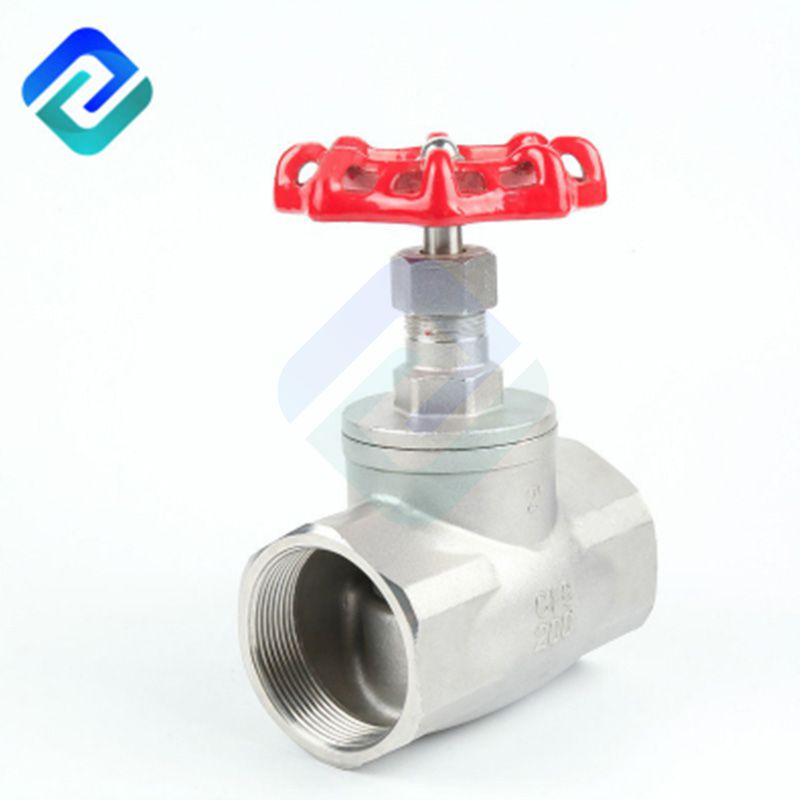The difference between a globe and gate valve lies primarily in their design and functionality. A globe valve regulates flow by moving a disc up and down against the flow path, while a gate valve controls flow by raising or lowering a gate perpendicular to the flow path.
Globe valves are designed to throttle or control the flow of fluids. The internal structure of a globe valve consists of a movable disc or plug that is connected to a stem. When the valve is open, the disc is positioned parallel to the flow path, allowing fluid to pass through with minimal obstruction. By contrast, when the valve is closed, the disc is moved perpendicular to the flow path, effectively shutting off the flow.

Gate valves, on the other hand, are primarily used for on/off applications where the flow of fluid needs to be completely shut off or allowed to flow freely. The key component of a gate valve is a flat or wedge-shaped gate that is raised or lowered within the valve body to control the flow. When the valve is open, the gate is lifted to allow fluid to pass through the unobstructed flow path. Conversely, when the valve is closed, the gate is lowered to block the flow completely.
Explore more:What is the purpose of a nozzle check valve?When Should You Use Cartridge Valves?What is the difference between 2pc and 3pc ball valves?8 Questions To Ask Before Choosing Industrial Ball Valve ...Where can I find a reliable gate valves distributor?How to Troubleshoot Common Control Valve IssuesWhat Are the Advantages of cast steel wafer check valve?
The choice between a globe and gate valve depends on several factors, including the intended application, operating conditions, and system requirements. Globe valves are well-suited for applications requiring precise flow control or throttling, such as in the regulation of flow rates in pipelines or process industries. They offer good resistance to flow erosion and can handle high-pressure drops across the valve.
Gate valves, on the other hand, excel in applications where the flow needs to be completely shut off or turned on quickly, such as in isolation or emergency shut-off systems. They have minimal pressure drop when fully open and provide a tight seal, making them suitable for high-pressure and high-temperature applications. However, gate valves are not ideal for throttling operations, as they can be prone to erosion and vibration when partially open.
In summary, while both globe and gate valves serve essential functions in fluid control systems, they differ in their design, operation, and suitability for specific applications. Understanding the differences between these two types of valves is crucial for selecting the most appropriate valve for a given system, ensuring optimal performance, efficiency, and safety.
Explore more:Ball Valves: Advantages and DisadvantagesGate Valves Deep DiveThe Lost Wax Casting ProcessHow Does Water Resilient Seated Gate Valve Work?Cast iron globe valve (low/medium pressure)Revolutionizing Industrial Efficiency: Is Din Cast Steel Globe Valve the Future of Manufacturing?A Complete Guide to Gate Valves












Comments
Please Join Us to post.
0